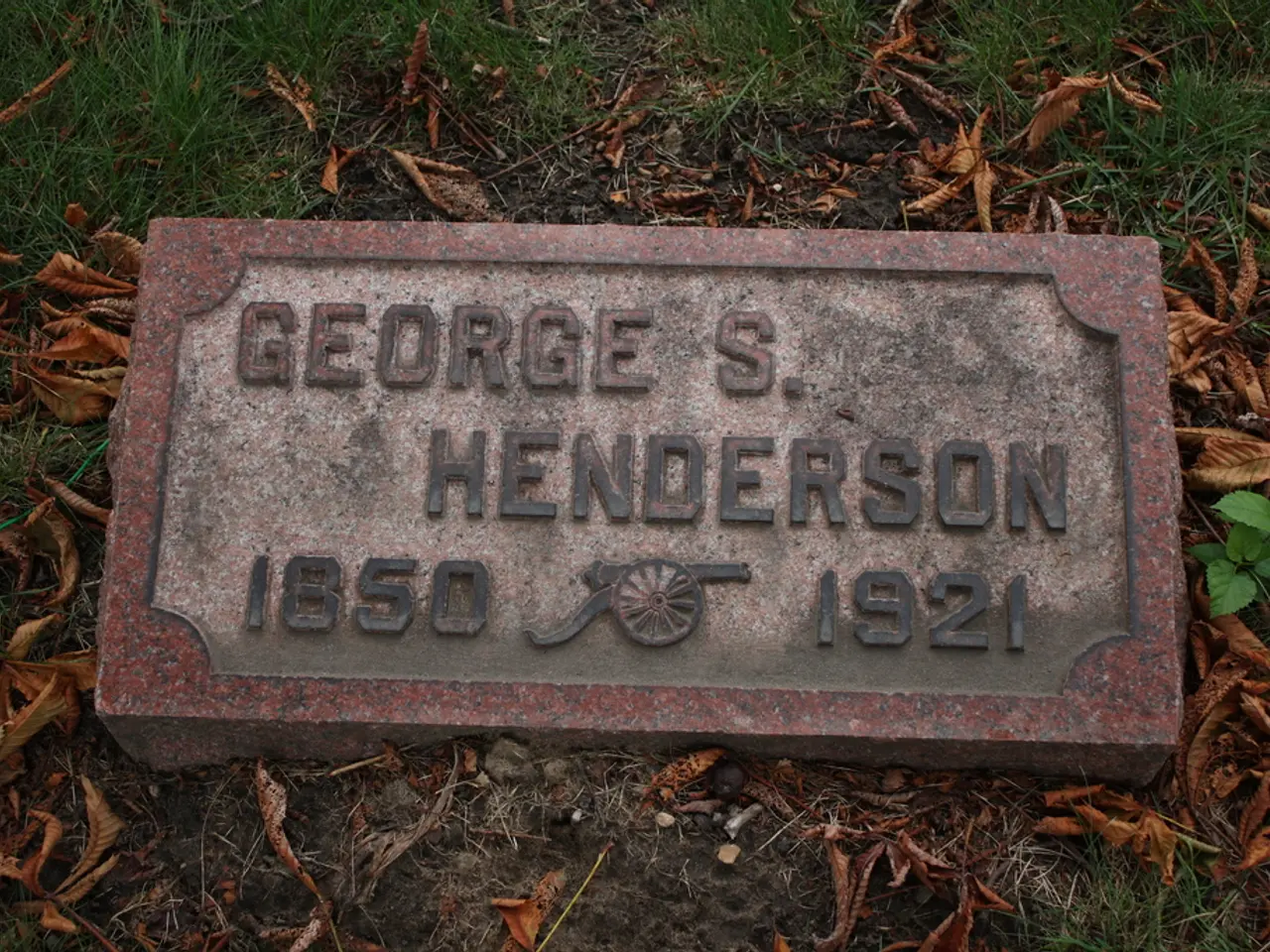Regenerating Soil: Recycling and Revitalizing for Future Harvests
===========================================================
If you're planning to reuse soil in your garden or potting mix, it's essential to sterilize it to eliminate pests, disease organisms, and weed seeds that can inhibit plant growth. Here are three methods for sterilizing soil: solarization, oven baking, and microwaving.
Solarization
Solarization is a natural, chemical-free method that involves moistening the soil and covering it with clear plastic sheeting exposed to direct sunlight for 4–6 weeks. The trapped heat raises the soil temperature to about 110–125°F (43–52°C), which kills many pathogens, pests, and weed seeds. This method is suitable for large garden beds but takes more time.
Oven Baking
Oven baking sterilizes soil by spreading it evenly in an oven-safe pan, covering it with foil, and baking at 175–200°F (79–93°C) for about 30 minutes. This temperature range is high enough to kill harmful organisms but low enough to avoid damaging beneficial soil components or causing toxic fumes. Make sure the soil is moist but not soaking wet to prevent combustion.
Microwave Sterilization
Microwave sterilization uses a microwave-safe container with about 2 pounds of moist soil, microwaved on high for around 90 seconds to 3 minutes depending on microwave wattage. Soil temperature should reach about 180°F (82°C) to be effective. Avoid overheating to prevent soil cracking or drying out.
Each method has its pros and cons, with solarization being time-consuming but natural, oven baking being fast and controllable but limited in quantity per batch, and microwaving being very quick but with uneven heating possible.
Enriching soil with calcium can promote healthy plant growth. You can add crushed eggshells, lime, or wood ashes to the soil. If the old soil from a dead plant is free of disease or pests, it can be reused by mixing it with new soil and compost to replenish its nutrients. Before reusing old soil, remove any roots, leaves, and debris, and decide whether to sterilize the soil using methods like solarizing, oven-baking, or microwaving.
If you're not planning to use the refreshed potting soil right away, store it in covered buckets, clean trash cans, or tubs with lids until you're ready to plant again. If you have acidic soil, add lime or wood ashes to neutralize it. Baking soil in an oven at 180-200°F for 30 minutes is an effective way to sanitize and revitalize it, but avoid exceeding a temperature of 200°F to prevent the production of toxins. If you don't want to use the old soil in your garden or compost pile, dry it completely and store it in a covered container for later use. When mixing old soil with new soil and compost, combine equal parts of new potting soil and old soil, or mix one part compost with three to four parts of the old potting mix.
- Maintaining a healthy lifestyle involves not only taking care of one's physical health but also tending to one's home-and-garden, such as gardening and enriching the soil with calcium sources like crushed eggshells or lime.
- After sterilizing the soil using methods like solarization, oven baking, or microwaving, it's advisable to store the revitalized potting soil in covered containers for future gardening purposes.




